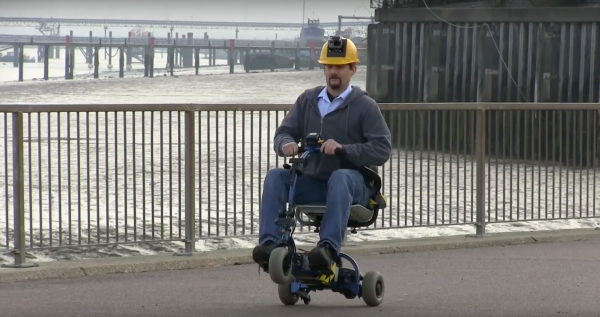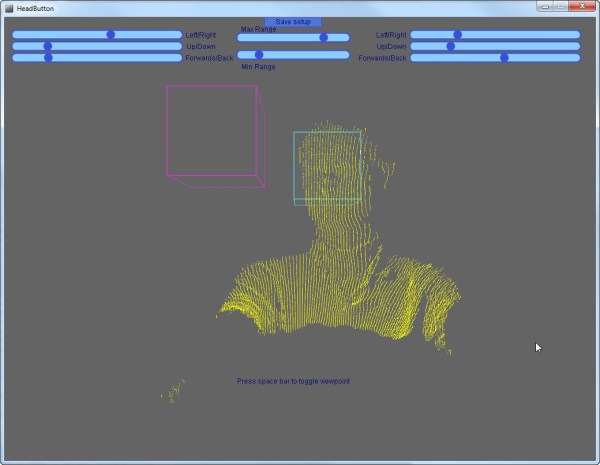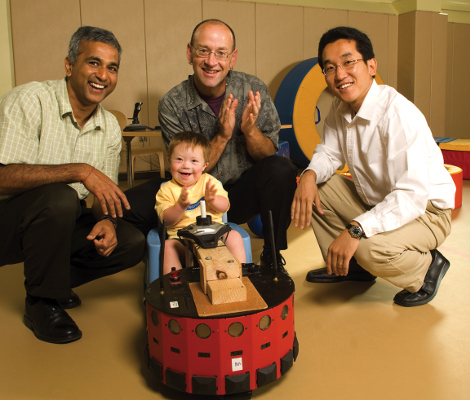Do you have a spare mobility scooter sitting unused in your garage? Or, maybe you’ve got a grandmother who has been complaining about how long it takes her to get to bingo on Tuesdays? Has your local supermarket hired you to improve grocery shopping efficiency between 10am and 2pm? If you answered “yes” to any of those questions, then the guys over at Photon Induction have an “overclocked” mobility scooter build which should provide you with both inspiration and laughs.
They’ve taken the kind of inexpensive mobility scooter that can be found on Craigslist for a couple hundred dollars, and increased the battery output voltage to simultaneously improve performance and reduce safety. Their particular scooter normally runs on 24V, and all they had to do to drastically increase the driving speed was move that up to 60V (72V ended up burning up the motors).
Other than increasing the battery output voltage, only a couple of other small hacks were necessary to finish the build. Normally, the scooter uses a clutch to provide a gentle start. However, the clutch wasn’t up to the task of handling 60V, so the ignition switch was modified to fully engage the clutch before power is applied. The horn button was then used as the accelerator, which simply engages a solenoid with massive contacts that can handle 60V. The result is a scooter that is bound to terrify your grandmother, but which will get her to bingo in record time.
Continue reading “Making A Mobility Scooter Drastically More Mobile”















